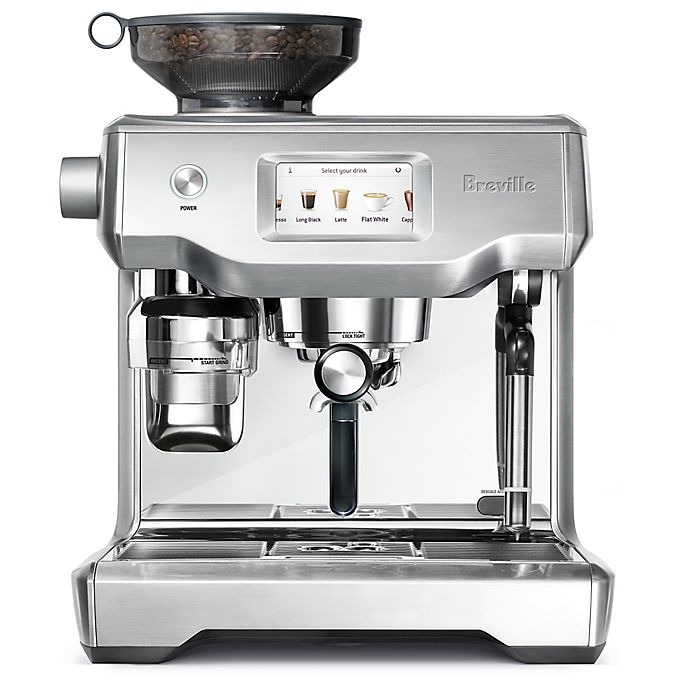Glacier Bay 25 in. Drop in Single Bowl 20 Gauge Stainless Steel Kitchen Sink
25 in. x 22 in. x 8.1250 in. minimum cabinet size 30 in. Insulation minimizes disposal and running water sounds. Quick and easy install on any countertop surface.
The Glacier Bay Top Mount 25 in. x 22 in. Single Bowl Kitchen Sink has stainless-steel construction and a buffed satin finish. Designed to add style to your kitchen while providing durability, this sink includes four faucet holes. This sink features a versatile look great for any kitchen style.
- 20-Gauge stainless steel construction for durability and style
- Top mount installation allows sink to become a focal point of the kitchen
- Single bowl design for easy functionality
- 4 pre-drilled fixture holes for installation of a faucet, sprayer, soap dispenser or other accessories (not included)
- U-channel design for easy installation
- Large sound deadening pads keep noise down in the busiest room of the home
Additional information
| Actual Left to Right Length (In.) | 25 |
|---|---|
| Bowl Below Counter Depth (in.) | 8 |
| Bowl Front to Back Width (in.) | 15.75 |
| Bowl Left to Right Length (in.) | 21 |
| Bowl Top to Bottom Depth (in.) | 8 |
| Cut-Out Below Counter Depth (in.) | 8 |
| Cut-Out Depth (in.) | 21.375 |
| Cut-Out Width (in.) | 24.375 |
| Kitchen Sink Front to Back Width (In.) | 22 |
| Spout Height (in.) | 0 |
| Manufacturer Warranty | Limited Lifetime |






by Nurith
It looks great on my new kitchen.
by Nick
This drop-in sink is constructed really well and the installation was pretty easy. I definitely recommend it if you are in the market for a new sink.
by Bernard
Having never installed a sink before, I was amazed how easily it could be done. All instructions were point on, easy to follow, and looks like a professional did it.
by David
as expected, nice and deep.